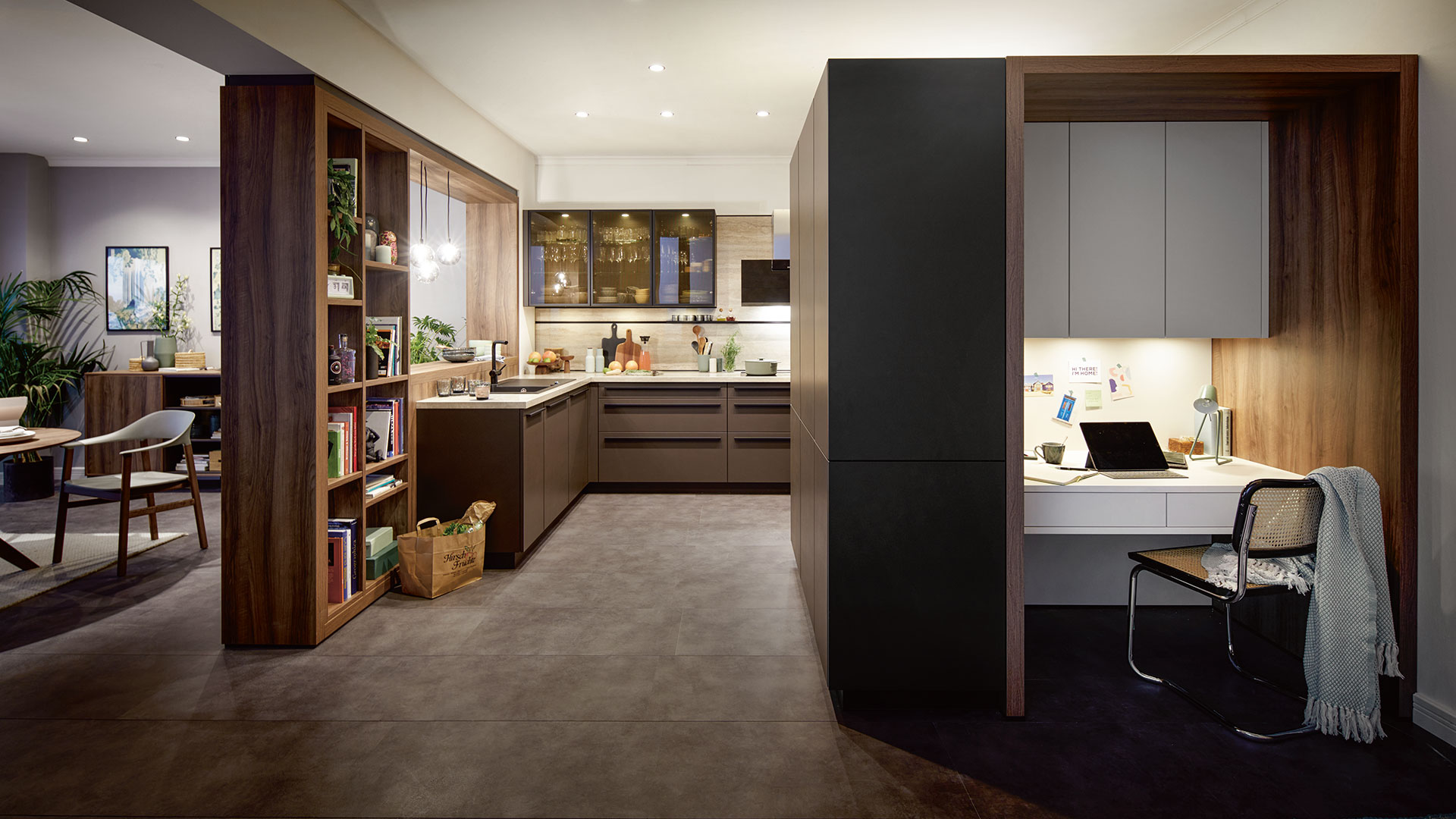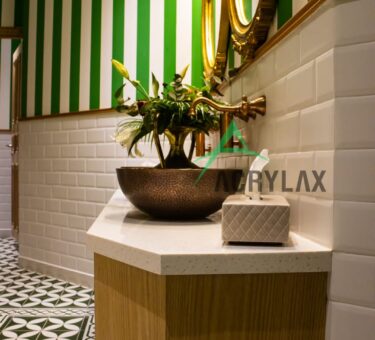Designing a kitchen involves more than just choosing cabinets and countertops; it’s about creating a space that reflects your lifestyle, improves functionality, and nurtures creativity. From layout and flow to aesthetics and storage, several key considerations play a crucial role in shaping the luxury kitchen design Dubai of your culinary haven. By carefully addressing these factors, you can create a kitchen that meets your practical needs and also inspires and delights every time you step into the room.
Layout and flow:
The layout of your kitchen is fundamental to its functionality and efficiency. Consider the classic kitchen work triangle, which optimizes the flow between the sink, stove, and refrigerator, minimizing unnecessary steps and increasing productivity. Choose a layout—whether galley, L-shaped, U-shaped, or open-concept—that suits your space and cooking style, ensuring smooth movement and accessibility throughout the room.
Work zones:
Divide your kitchen into distinct work zones to facilitate organization and efficiency. Designate separate areas for food preparation, cooking, cleaning, and storage, with each zone equipped with the necessary tools, appliances, and storage solutions. Consider factors such as countertop space, proximity to appliances, and workflow when planning the layout of each work zone, ensuring functionality and convenience in every corner of the kitchen.
Storage solutions:
Ample storage is essential for keeping your kitchen organized and clutter-free. Consider your storage needs and preferences when designing cabinetry, drawers, and pantry space. Optimize storage capacity with pull-out shelves, vertical dividers, and custom organizers that increase every inch of available space. Incorporate dedicated storage solutions for cookware, utensils, pantry items, and small appliances to keep essentials within reach and maintain a tidy environment.
Lighting:
Effective lighting improves the ambiance, functionality, and safety of your kitchen. Incorporate a combination of ambient, task, and accent lighting to create a well-lit and inviting space. Install overhead fixtures, under-cabinet lights, and pendant lights to illuminate work areas and highlight architectural features. Consider natural lighting sources such as windows and skylights to increase daylight and create a bright and airy atmosphere.
Materials and finishes:
Selecting the right materials and finishes is crucial for achieving the desired look and feel of your kitchen. Choose durable and easy-to-maintain materials for countertops, flooring, and cabinetry that withstand the rigors of daily use. Consider factors such as aesthetics, durability, and maintenance requirements when selecting materials such as granite, quartz, hardwood, and stainless steel, ensuring longevity and timeless appeal in your kitchen design.



